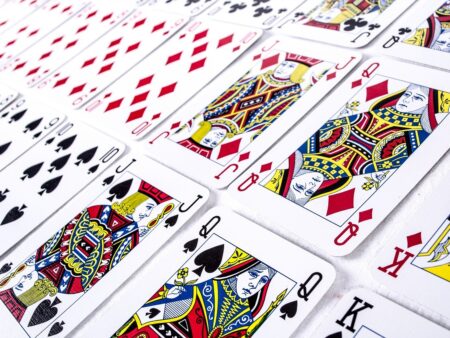5 card draw poker is a fascinating and rather simple game. Read this article to get to know how to play it!
In the second half of the previous century, poker with 5 cards used to be incredibly popular. Today, you may come across it only in selected casinos. Alternatively, you can play it at home with your friends. Who knows — maybe, one day the demand for this fascinating game will resurge… In this article, we’ll explain how to play 5 card draw online or offline.
Essence of the Game
Here are the key facts to remember about this game variety:
- A deck of 52 cards is used
- The hand rankings are identical to Texas Hold’em
- Everyone has five cards to start with
It’s a simple game, perfect for beginners.
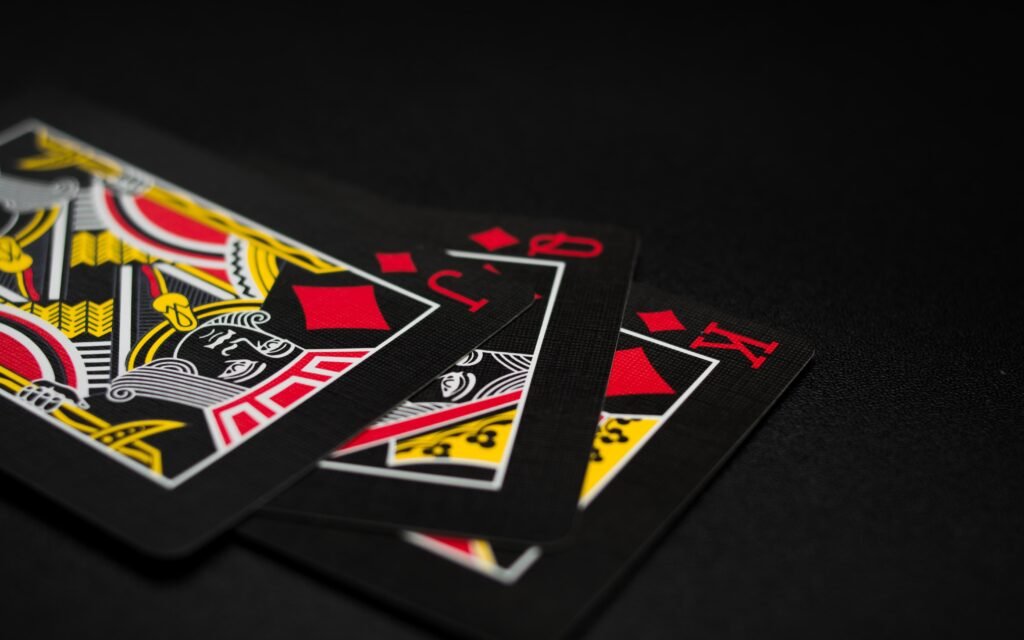
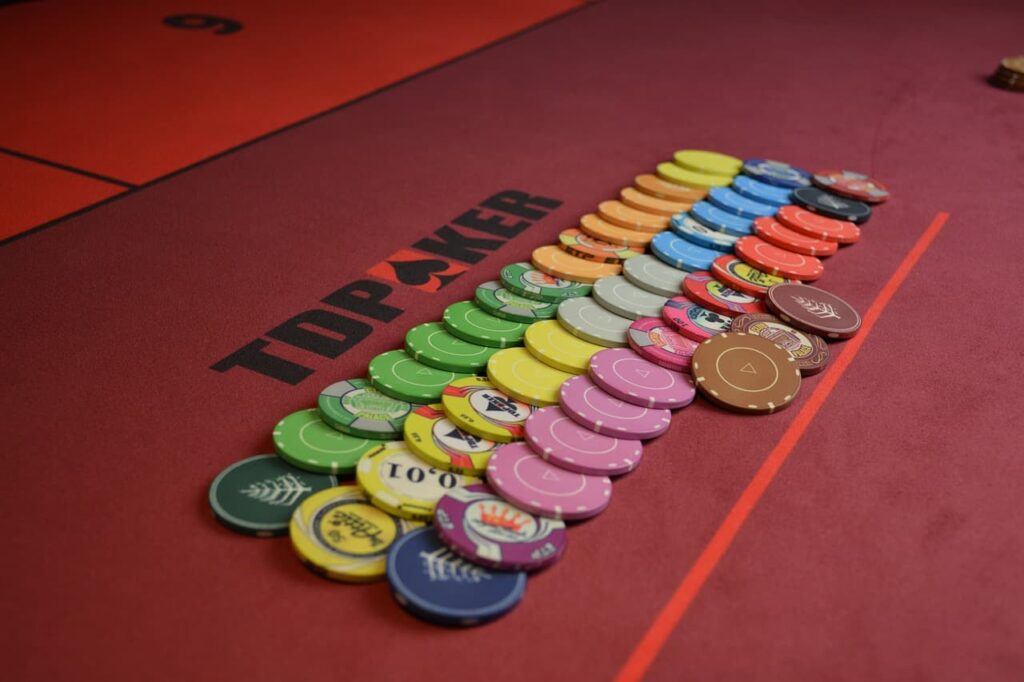
How to Play It
Typically, there are five or six hands in the five card draw. No more than six gamblers are seated at a table.
Similarly to Texas Hold’em, at the start of each round gamblers post blinds. The person located to the left of the dealer is the first one to do so.
Antes take place more frequently than in Texas Hold’em — but they aren’t mandatory.
After the blinds are posted, the dealer shuffles the deck. The dealer gives the first card to the person in the small blind position. The following cards are dealt around the table clockwise — the action always takes place in this direction.
Each person gets one card face down at a time. The play begins when everyone gets five cards. The person seated to the left of the big blind is the first to take action.
Rules to 5 Card Draw
Omaha and Hold’em are community poker varieties. The 5 card draw, as its name suggests, is a draw variety. This means that before the initial betting round, everyone gets a complete hand and there are no community cards.
No-limit games are not so common. Usually, there is either the pot limit or the fixed limit.
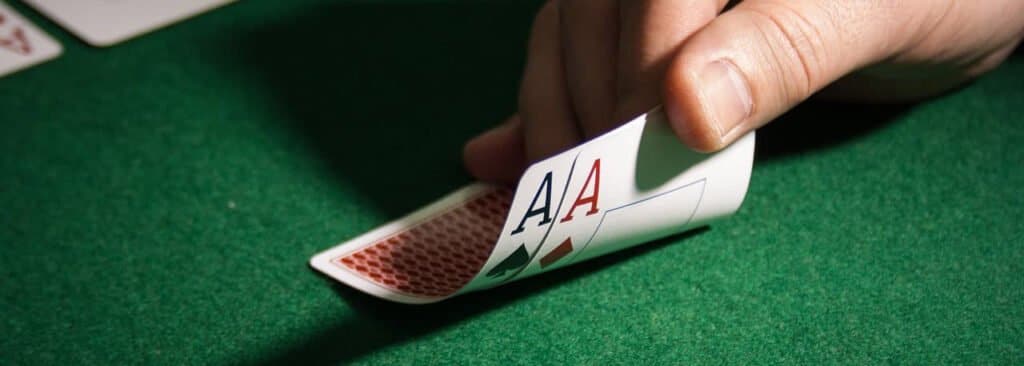
How to Place Bets
Just as in Hold’em, the first gambler chooses between three options:
- Fold – quit the hand
- Call – match the big blind amount
- Raise – raise the bet up to a certain limit or without a limit
Then, the next gambler to the left chooses from the same three options.
After everyone has made their decisions, it’s time to switch to the draw stage.
Drawing Stage
There are two variants of who can start this stage:
- The first still-active player to the left of the small blind position
- The small blind player
Both have the right to exchange as many cards as they wish. If a person prefers to keep their initial hand, it’s called standing pat.
To inform the dealer that they would like to get new cards, the player should take the bad cards from their hand and place them on the table. The dealer will give new cards to them.

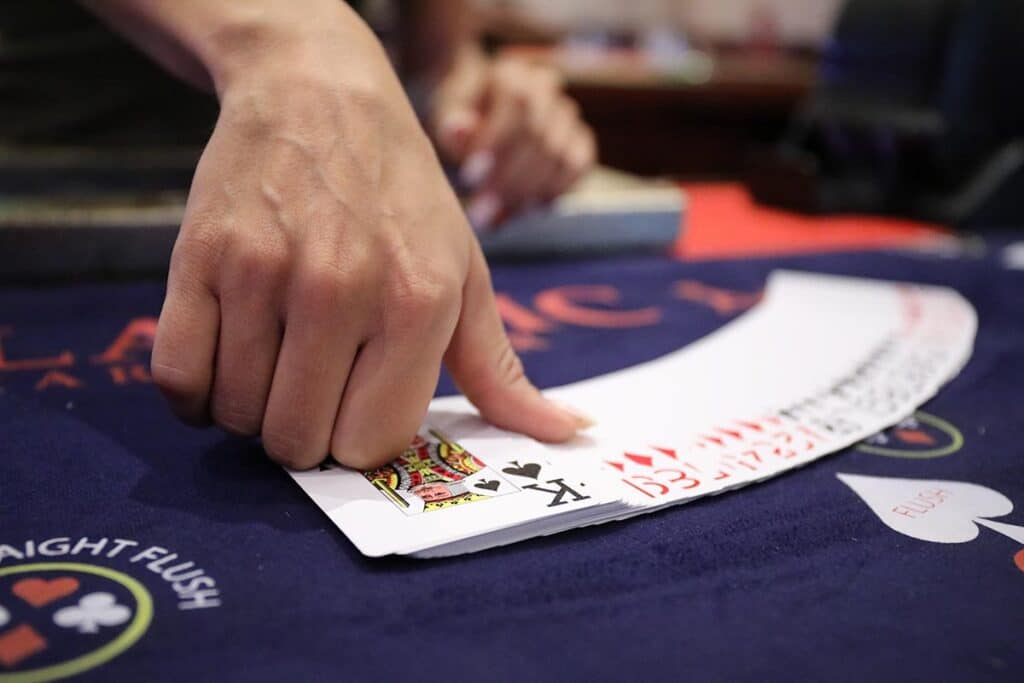
Second Betting Round
The second betting round is nearly identical to the first one. The key difference is that in the lack of aggressive actions, gamblers can pass the action to the next person — that is, to check.
The betting process will end when everyone makes decisions. If everyone but one person folds, this person wins the pot. Otherwise, all gamblers will show their cards — and the person with the strongest hand will win the round. If several gamblers have equally strong hands, they share the pot.
Showdown
Here are the main facts to remember:
- Royal flush is the best option
- A high card is the worst option
- Flushes beat straights
- Straights beat trips
And the crucial thing is: in this poker variety, suits don’t matter.
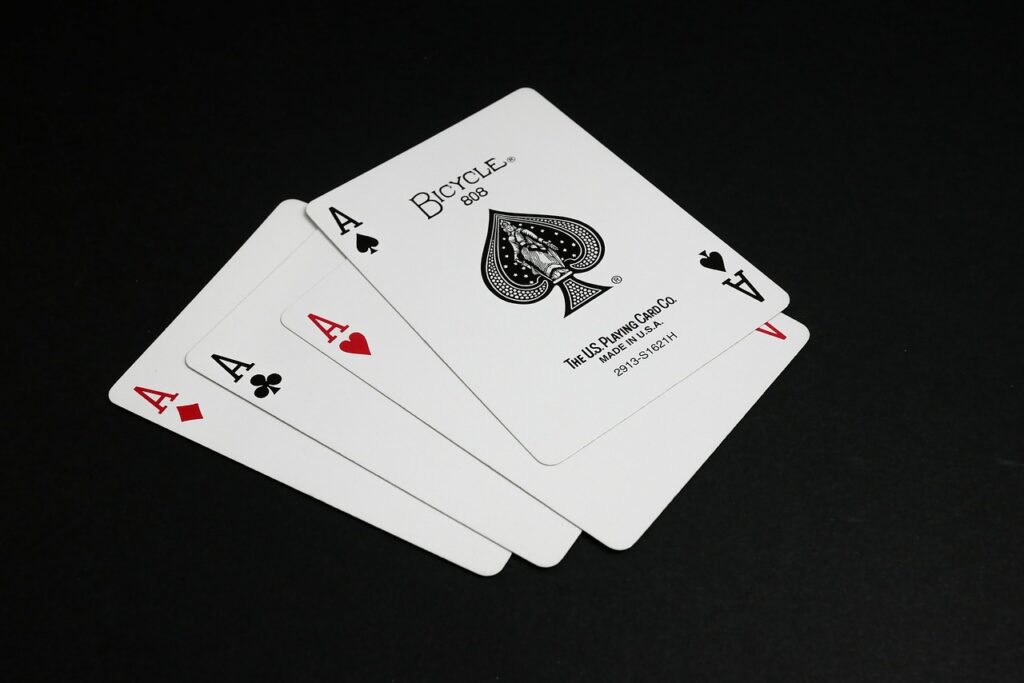
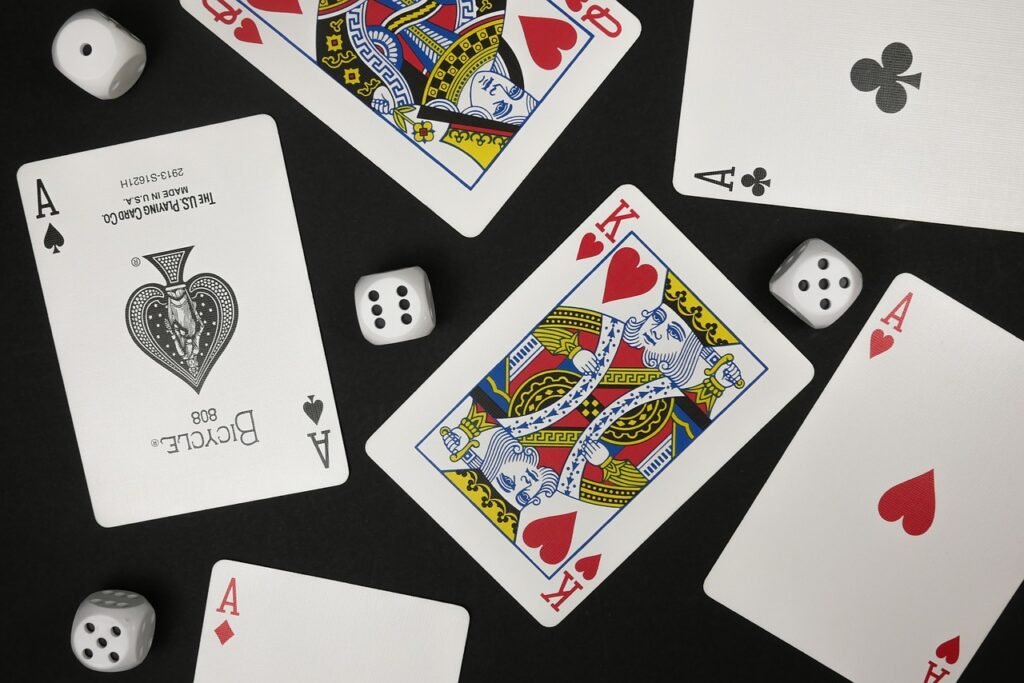
Ways to Boost Your Odds to Win
Just as in other poker varieties, the outcome of this game equally depends on two factors: luck and your poker skills. Below, we’ll share some information that should boost your odds of winning.
Assessing Your Hand
It makes sense to get involved only with relatively strong hands, especially in early positions. By saying strong, we mean:
- Good draws (four to a straight or four to flush)
- High pocket pairs (QQ+)
Small pocket pairs are considered weak. You’ll be able to win with them only if you manage to improve your hand.
If you have two pairs or greater, such a hand gives you a decent competitive edge in any position.
A 3 card draw is one of the worst options. In most cases, it would be reasonable to discard it. The only exception is the situation when you’re in the blinds and can get to the draw round for free.
Gamblers with limited experience tend to get involved with too many weak hands. You’d better avoid this mistake. Otherwise, you might end up in a showdown with bad cards. Or, you might need to bluff too frequently to save the day, which can distract you from making serious efforts to win.
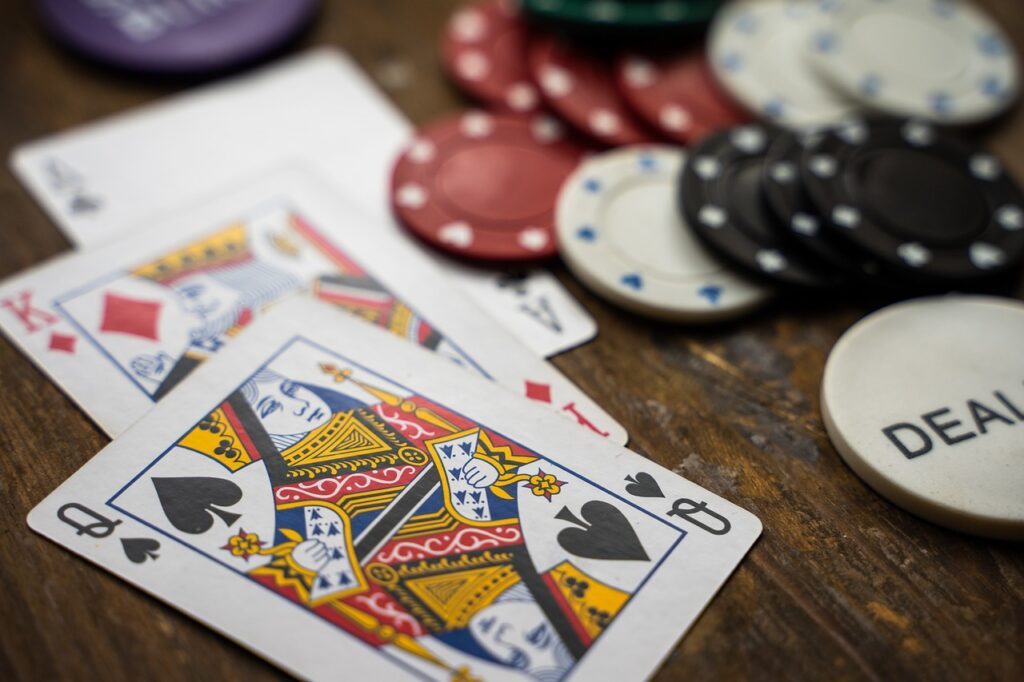
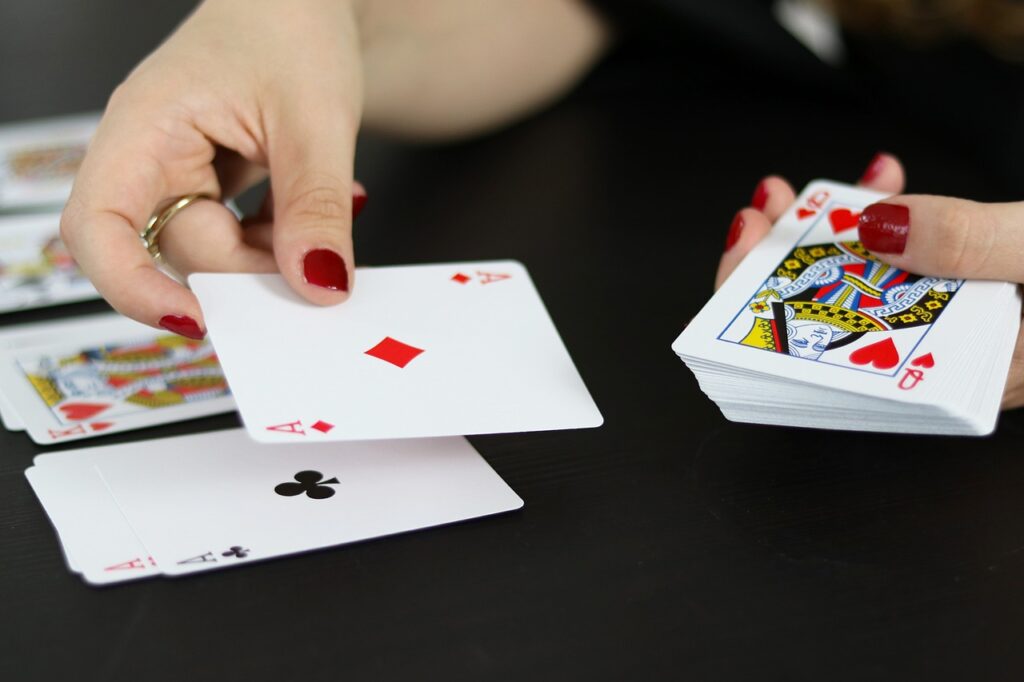
Bluffing
5 card draw is a perfect game for bluffers, especially in its pot-limit and no-limit variations. Your opponents can hardly guess which cards you have (and the same can be said about you trying to guess their cards). There are no one-fits-all instructions for bluffing because it’s very situational. However, there is a parameter that you should definitely pay attention to — and it’s the number of cards exchanged.
This parameter enables you to assess your opponents’ hands. Let’s imagine that one of your opponents exchanges one card and places a large bet. Judging by these facts, you can assume two possible variants:
- This person had two pairs and filled up
- They were on a big draw that came in
If your opponent stands pat, it can mean that:
- They got a strong hand from the onset
- They don’t have a strong hand — but they want you to believe that they have it
The type of bluff that we’ve just mentioned is rather popular. But you shouldn’t put too much effort into misguiding your opponents — otherwise, you might lose precious chances to win. If your goal is to win and not impress others with your acting skills, it would be smarter to wait for big hands and play them fast.
Imagine that you get a mediocre hand from the onset. You might feel tempted to exchange four cards — but that would be a mistake. Be ready to get a random combination of cards from the deck that will hardly boost your odds to win. Instead, think of which three or four cards allow you to compile good combinations, keep them and exchange only one or two cards.
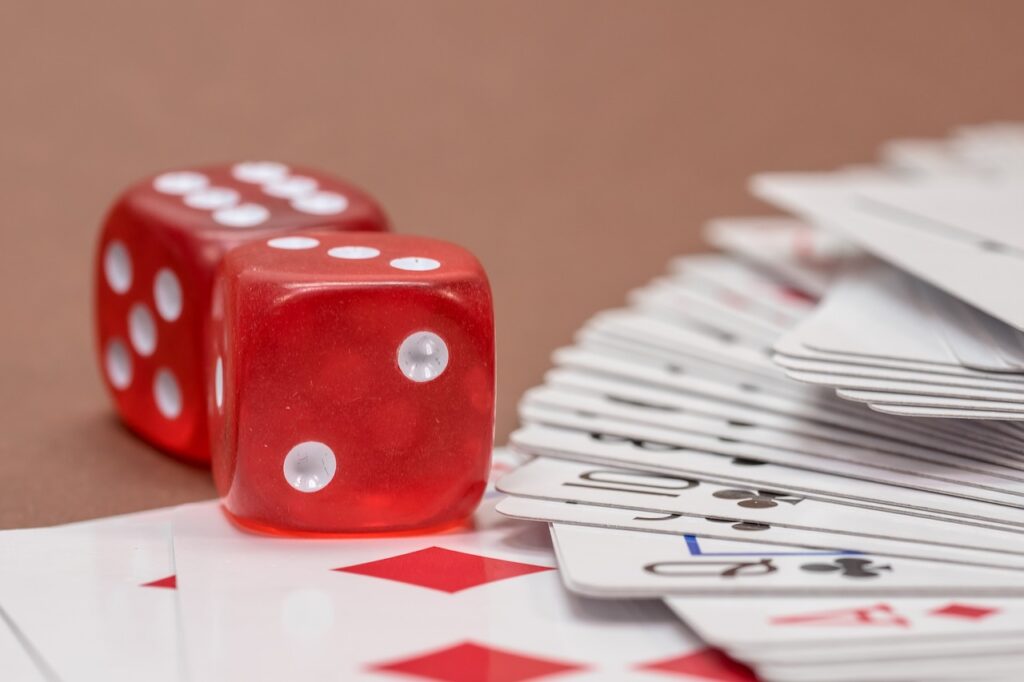

Drawing Cards
Your tactic for drawing cards should depend on the results that you’d love to achieve. To improve your hand, you may follow these recommendations:
- Keep the draw and exchange the odd card if you’re close to having a flush or four to a straight
- Exchange only the dangling card if you have a two-pair hand — and never break the pairs
- Exchange the two dangling cards if you have three of a kind
- Get three new cards if there is one pair in your hand
If your goal is to bluff, avoid the most obvious decisions. Let’s imagine that the smartest move for you is to exchange three cards to improve your hand. But you want to mislead your opponents — and that’s why you can exchange only two cards.
Final Thoughts
The five card draw isn’t the most popular poker variety these days — but it’s an enjoyable game nevertheless. Sometimes, people call it “5 card Texas Hold Em” because its rules are indeed similar to those of Hold’em. It might be available only in selected casinos — but you can play it with your friends at home at any moment. Hopefully, after reading our article, you have a better understanding of how to play poker in its five card draw variety! Feel free to practice and may luck be with you!


